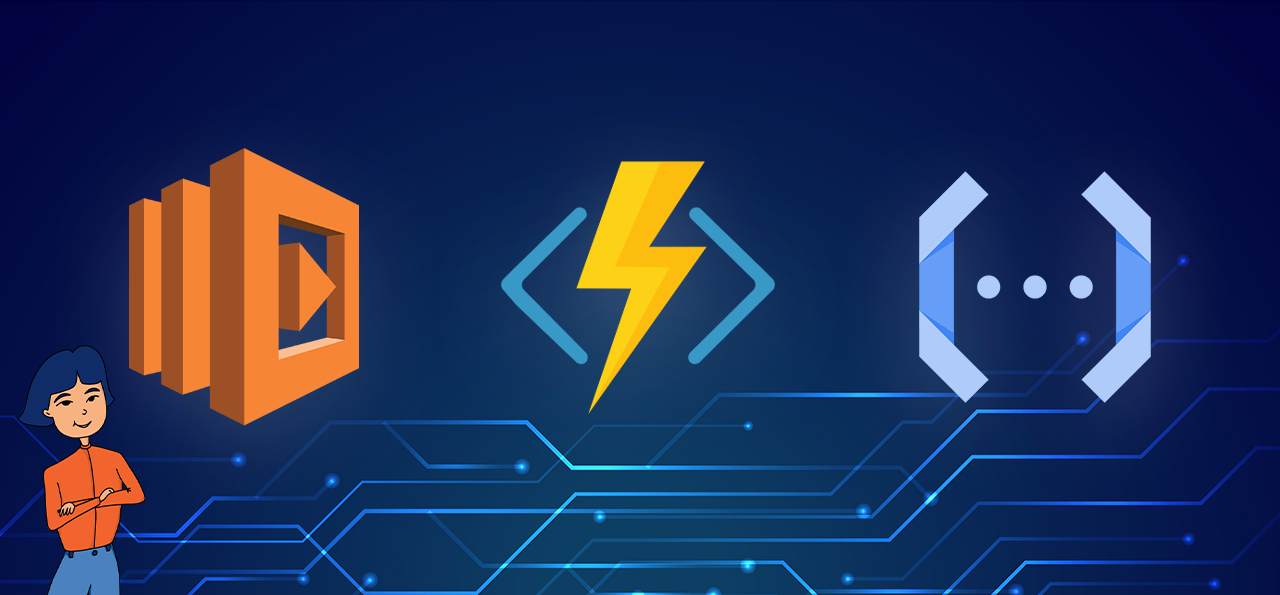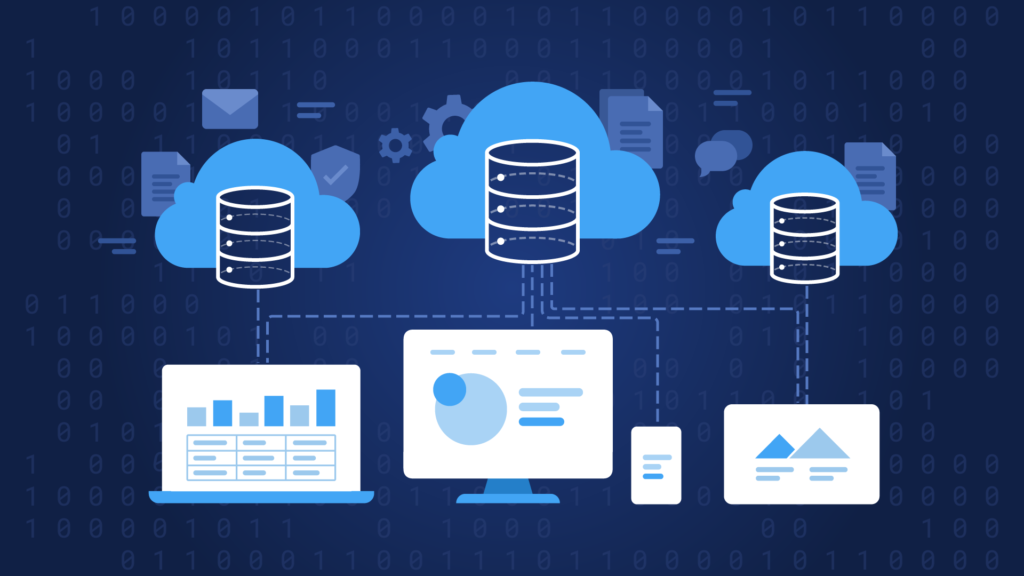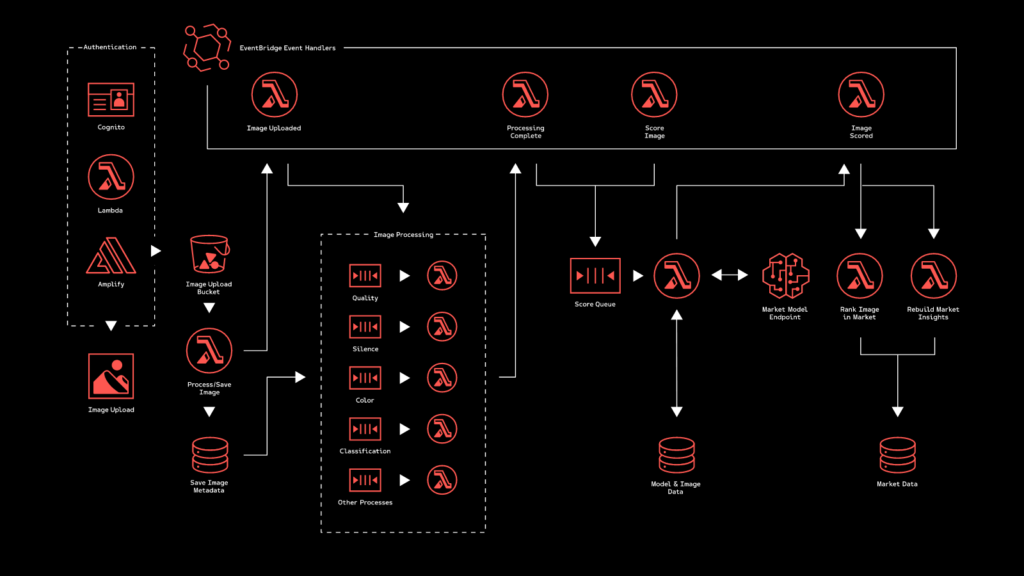
Building a Serverless Architecture: Pros and Cons
By Udit Agarwal

A type of cloud-based technology called serverless computing handles the back-end functionalities of a website or application. One can actively define an event that triggers code and the serverless platform. The fees of the platform scale up or reduce the level, depending on the frequency of usage.
The word “serverless” is used inaccurately in this model. Cloud-based technology is helpful for the utilization of supporting customers. If you plan to buy the technology somewhere, you won’t invest in back-end servers as you develop or deploy a web-based application.
What do you mean by serverless architecture?
To attain complete knowledge of serverless architecture, let us read below.
Serverless architecture is not a replacement for microservices. Serverless architecture does not mean that there is no server. Cloud service providers will take care of the server infrastructure for the user, and microservices of the architecture and serverless computing can work together. They can also be used separately, even within the same application.
It’s easy to blur the lines between the various cloud services, making it difficult to determine what constitutes serverless architecture.
Some users believe that serverless is FaaS, which is correct in its simplest form.
FaaS is a subset of serverless, also called a serverless function. An event such as clicking on a button triggers these functions. Cloud service providers kee[ps the consideration about infrastructure these functions run on. All the user has to do is write some code and deploy the same into the process. Communication between your front end and serverless function is as simple as an API call.

Here are some of the advantages of Serverless applications
Serverless applications can redefine modern business techniques in specific ways. Here are a few pros–
Highly Scalable
The serverless architecture is highly flexible. This property makes it ideal for scaling applications. The benefits of serverless applications help permit the vendor to run each of the functions in separate containers. It allows for optimizing them automatically and effectively. One doesn’t need to purchase a certain number of resources in serverless applications and can be as flexible as possible, which is quite the opposite of traditional cloud services.
Cost-Effective
As per the needs and demands of the organization, one needs to spend hundreds and thousands of dollars on the hardware setup. The serverless application’s pricing model is based on execution because the organization pays according to the number of executions they make.
User experience focused
Regulating the maintenance of the servers allows the company to focus more on productive things like developing and improving customer service characteristics.According to a recent survey, about 56% of the users are using or planning to use serverless applications in the coming six months.
Serverless applications are not considered a specific part of every use case.
Complete dependency on third-party vendor
In serverless applications, one of the major and essential parties is the third-party vendor, and the organisations have to work as per their norms of them. For instance, if developers set an application in Lambda, it is difficult to port it into Azure. Currently, Python developers and Node.js developers have the benefit of choosing between existing serverless available options.

Challenges in debugging with traditional tools
All time, it is not easy to perform debugging, especially for large enterprise applications that contain various individual functionalities. Serverless applications utilize traditional tools and thus help in facilitating no option to attach a debugger in the public cloud. The organization can either do the debugging process locally or use logging for the same purpose. In addition to this, the DevOps tools in the serverless application need to support the idea of quickly deploying small bits of code into running applications.
Steep Learning curve
Another challenging part that comes under the category of serverless applications is that despite having comprehensive documentation, the learning curve related to the FaaS tools could be steeper. Moreover, if the organization has plans to shift toward smooth serverless architecture, it has to split the monolith into microservices. Working with microservices is a complicated task to accomplish.
Suitable for short-term
Serverless applications are generally suitable for short real-time or near real-time processes. For instance, emailing but have a different pedigree to work for long-term tasks. Lambda only allows for a five-minute execution time for specific jobs, exemplifying this limitation. If the execution takes longer, the developer must call another function. Because of this, various business organizations opt for traditional methods to indulge in extended-duration operations.
Conclusion
In conclusion, building a serverless architecture has both pros and cons. On the one hand, it can offer significant benefits such as cost savings, scalability, and ease of development. On the other hand, it may present challenges related to debugging and monitoring, vendor lock-in, and the complexity of the architecture.
Before adopting a serverless architecture, it is crucial to carefully evaluate your organization’s specific needs and goals and the technical requirements of the applications you plan to build. A traditional server-based approach may be more appropriate in some cases, while a serverless architecture may fit best in others.